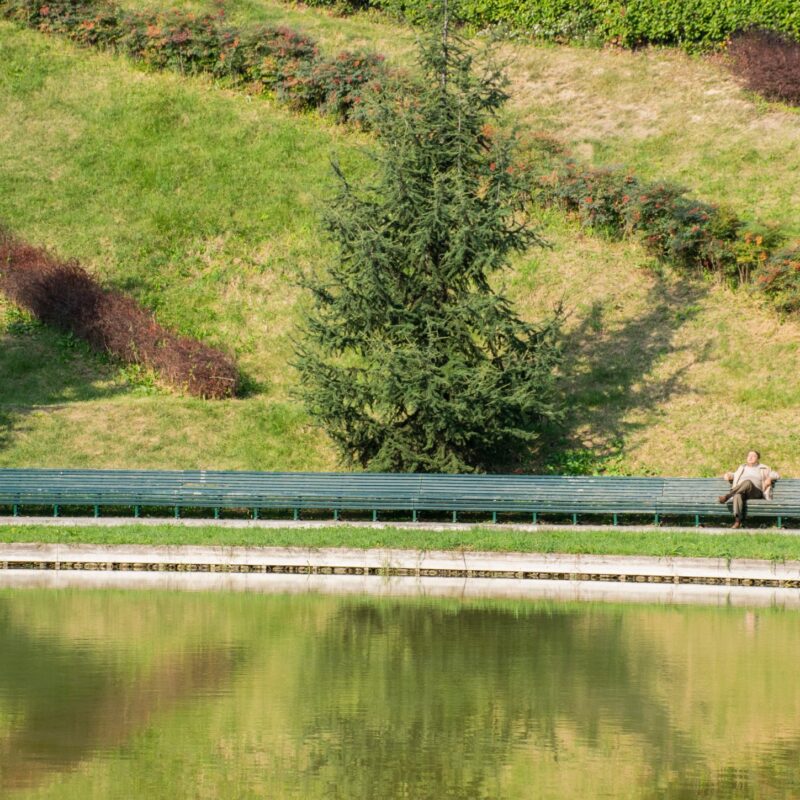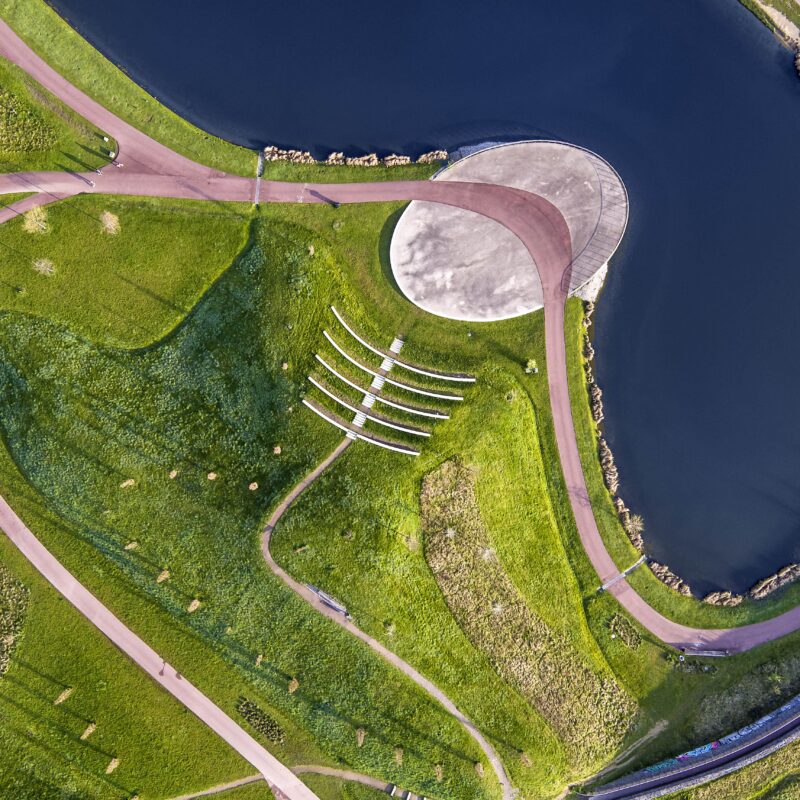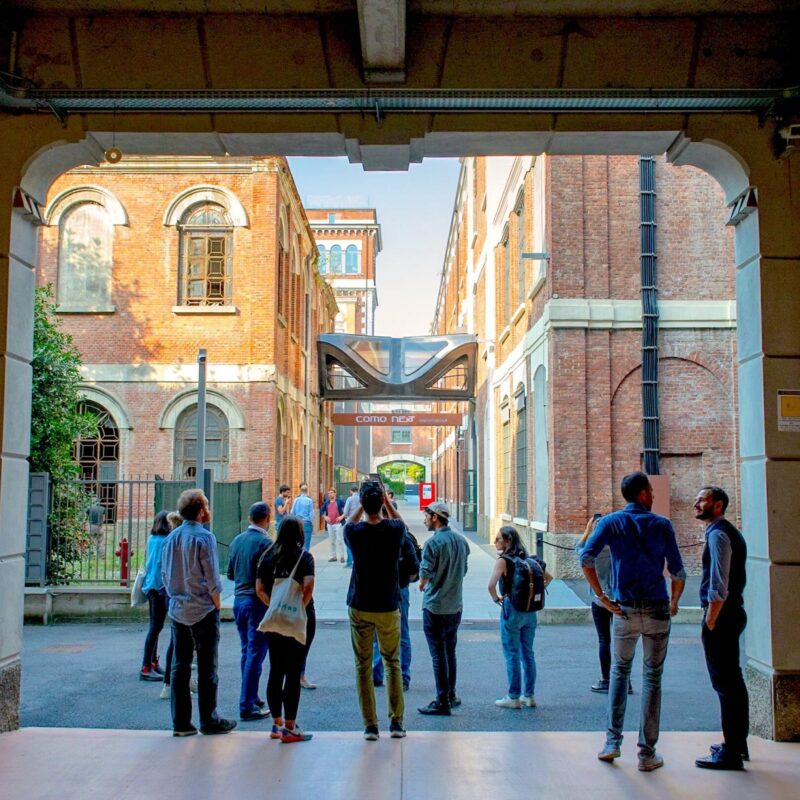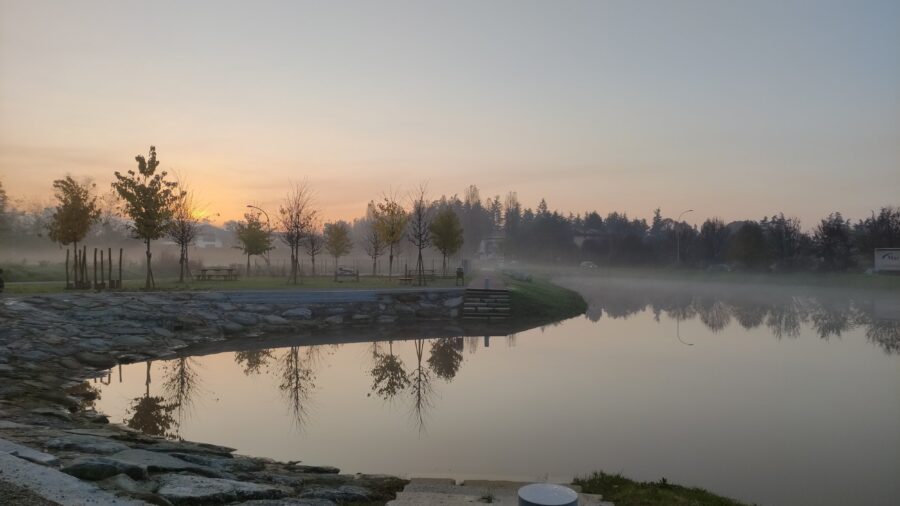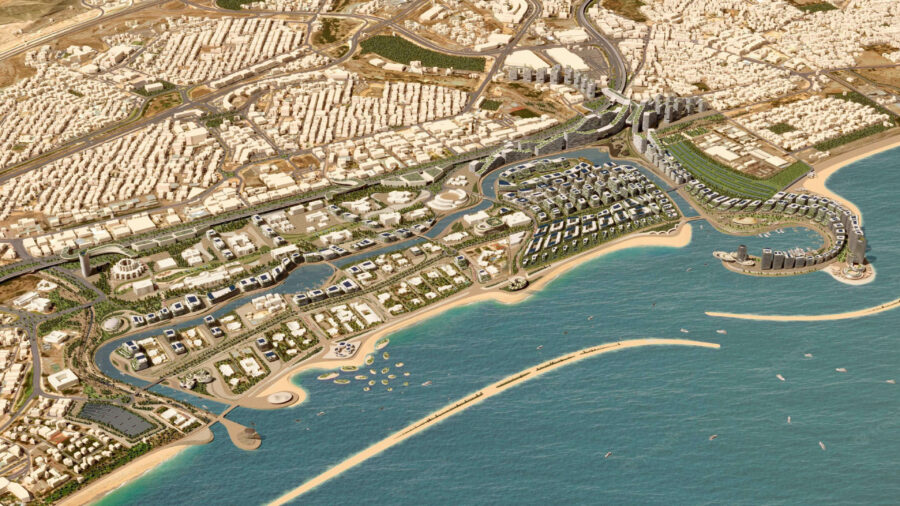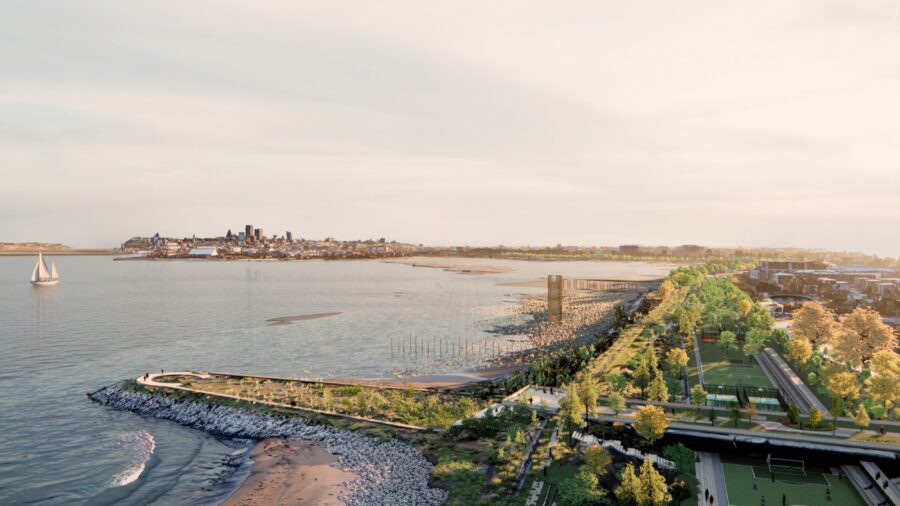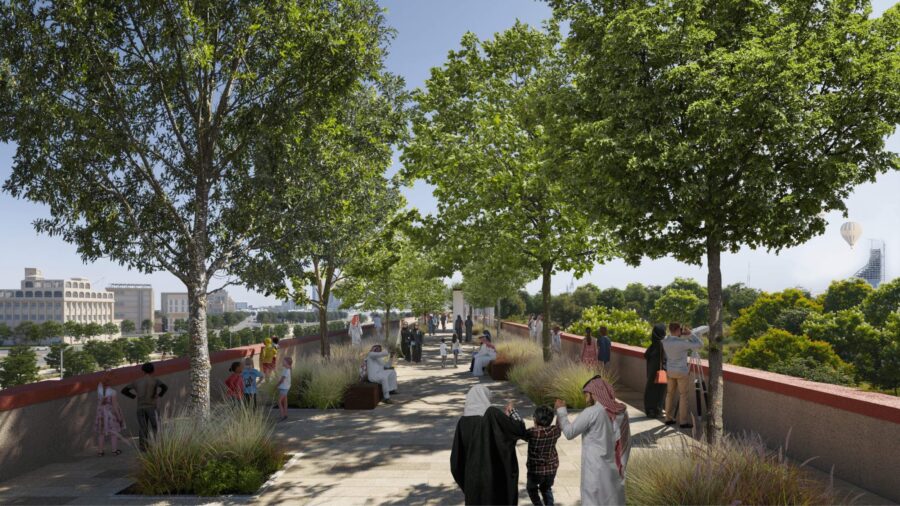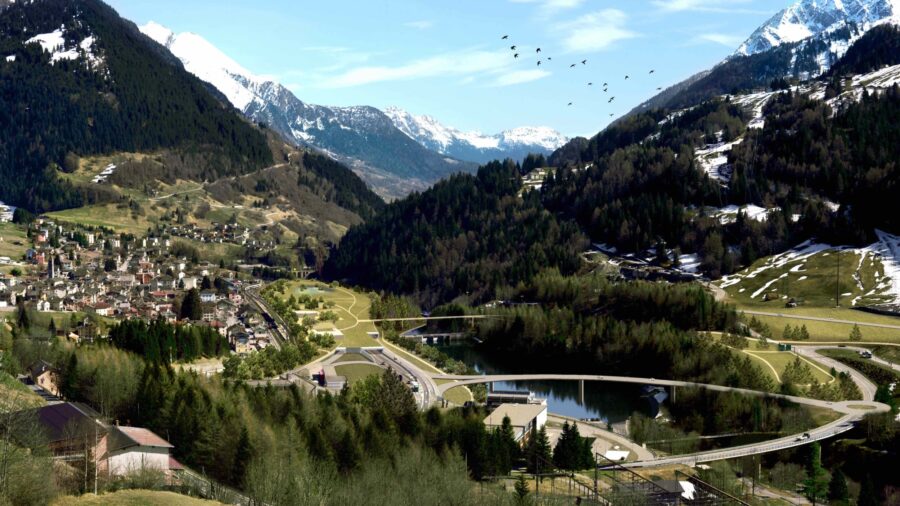
Duragno Alpine Solar Park, Mezzovico-Vira
Switzerland
Situated on Monte Tamaro, Ticino, where human activity has historically shaped the terrain, this project for an Alpine Solar Park is designed to integrate with the local ecosystem and existing ecological corridors and will become a Nature-Positive Attractor.
Client
S’Rok AG
Geography
Status
Year
2023 - ongoing
Area Size
80700 m2
Lead Consultant
Ing. ETH Alessio Mina
Partners
EcoControl, AFRY, IFEC ingegneria
Situated on Monte Tamaro, Ticino, where human activity has historically shaped the terrain, this project for an Alpine Solar Park is designed to integrate with the local ecosystem and existing ecological corridors and will become a Nature-Positive Attractor.
Client
S’Rok AG
Geography
Status
Year
2023 - ongoing
Area Size
80700 m2
Lead Consultant
Ing. ETH Alessio Mina
Partners
EcoControl, AFRY, IFEC ingegneria

The new Duragno Alpine Solar Park. Render by LAND
The Duragno Alpine Solar Park represents a pioneering step in Switzerland’s transition to renewable energy and is the first alpine solar park in Ticino aligned with the Solarexpress initiative, which aims to expedite renewable energy production and secure a reliable energy supply throughout winter. As part of Switzerland’s ambitious commitment to achieving net-zero emissions by 2050, the park stands out as a unique project in Ticino that fully meets Solarexpress criteria.
The infrastructure takes advantage of the enhanced solar yield achievable at high altitudes, where solar panels benefit from stronger, more direct sunlight and lower temperatures, especially in winter. Positioned between 1,700 and 1,850 metres above sea level on a south-facing slope in the Mezzovico-Vira municipality, the installation includes bifacial panels, which can harness sunlight reflected off snow during winter. The park’s location is unobtrusive, shielded by the natural contours of the Duragno Valley and neighbouring an existing 1980s Swisscom antenna, ensuring minimal visual impact from the valley floor.
The Duragno Solar Park will produce an average of 44 MWh of clean electricity daily—four times cleaner than the current energy mix, potentially preventing 4.2 tonnes of CO₂ emissions daily. Over a year, the 16 GWh of energy generated will meet the needs of approximately 4,000 households. This high efficiency is partly due to the park’s 15,840 bifacial panels mounted on 1,320 structures, reaching 6 metres in height, yet raised 3 metres off the ground to preserve the underlying vegetation and allow grazing.

